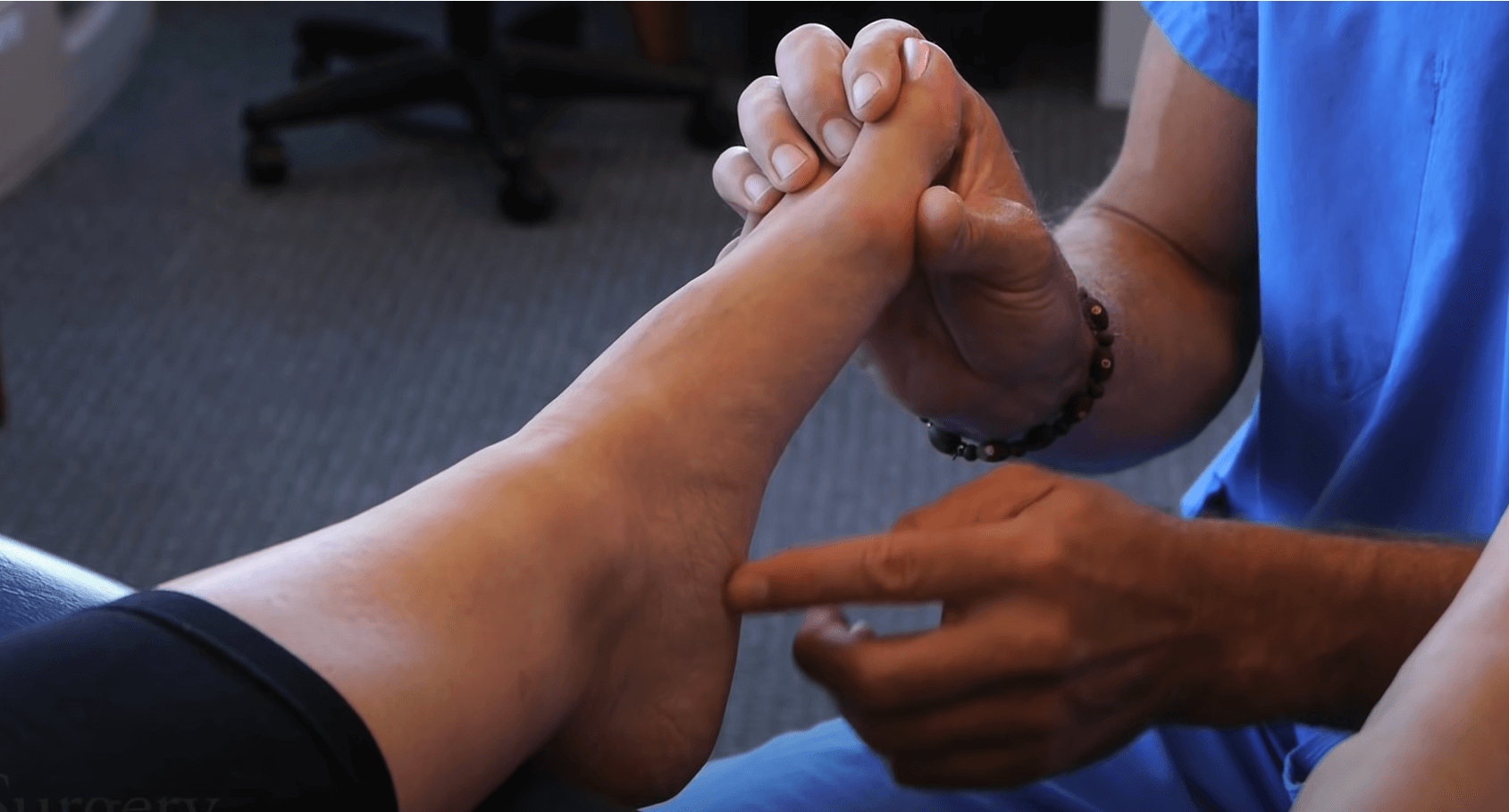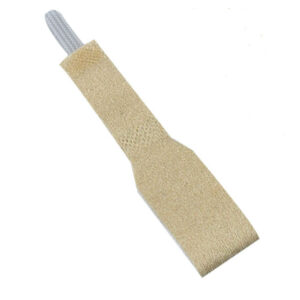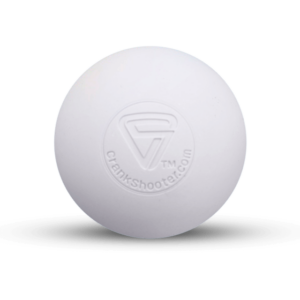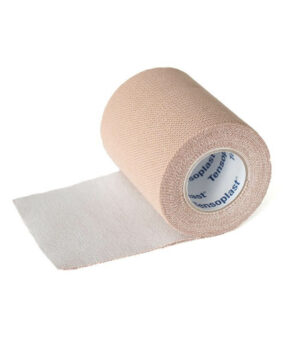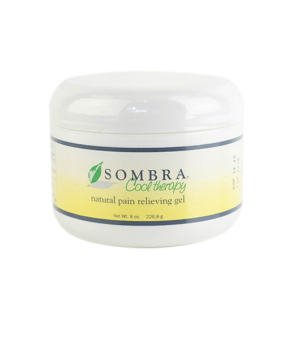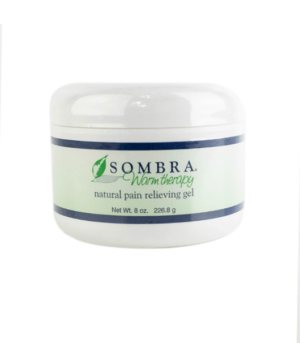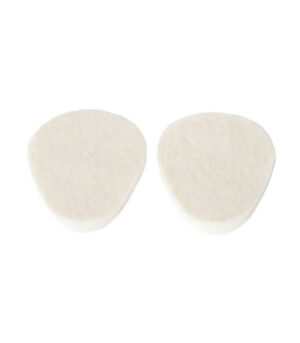You are more than likely reading this because you have a bunion (or two), and they are causing you pain. Unfortunately, this is a common problem that most are told only surgery can fix. Although surgery can straighten out your toes, your bunion WILL come back.
How are we so sure? Well, it’s because surgery doesn’t fix the root cause of a bunion, it only addresses the symptoms of the main culprit. So, without eliminating the root cause, your bunion and pain will return.
What Really Causes Bunions to Form?

Now you might have been told that bunions are hereditary, but that is just not the case. Studies have proven this claim (more on this later). Let’s start from the beginning. Nearly all babies are born with perfect feet, not with bunions (deformities do happen, but are rare). This means something must happen between birth and the bunion.
We would venture to say that nearly every person in the world would agree that bunions don’t magically appear one day and that we don’t go deforming our toes on our own, or do we?
Back to the hereditary argument. It has been proven that some people, because of their genetic makeup, have a muscular structure that is more likely to be altered; others are born with foot muscles that better withstand the effects of the outside world.
No matter who you are, your feet are affected by outside influences. If you don’t protect your feet from those influences, you will end up with some sort of bunion – it is just a matter of how quickly.
Painful Bunions
Bunion pain is serious, and as you know can be very limiting; even daily walking can be a struggle. To combat the pain, you do research for the “best” footwear around. Herein lies the root cause of your bunion problem…your shoes.
There’s so much we can talk about when it comes to footwear, and will in later posts, but it’s the years of wearing a shoe with a pointed shape that’s causing the bunion and the pain associated with it. We know this may seem impossible, but take a close look at your foot, then your shoe, and then your foot and shoe. You will see that your foot is slowly being molded into a shape that accommodates your shoe.
Where to go from here? First, know that you can get better, but keep in mind that your bunion is the result of years of bad footwear. This means it’s also going to take some time to slowly retrain your toe muscles back to their natural position. This has been proven to work many times over. It’s going to require time, so stay patient.
The Simple Solution: Wear the Proper Footwear

Finding the right footwear will create a significant difference in bunion pain relief, or as a matter of fact, help prevent it. We often overlook the simplest solution and miss the chance to manage bunions by wearing the right shoes.
Almost always, we prioritize style over comfort, but when it comes to bunions, our focus needs to shift. Opting for fashionable shoes that don’t provide the necessary support and enough room for your feet can exacerbate bunion pain and discomfort.
One of the key features to look for in bunion-friendly shoes is a wide-toe box. This design element allows your toes to spread naturally and prevents them from being cramped or squeezed together.
By giving your toes the freedom to move, you reduce the pressure on the bunion and minimize friction that can lead to irritation and pain. A wide toe box not only provides relief but also helps in preventing the progression of bunions.
Non-Invasive and Natural Remedies

In addition to wearing the right footwear, there are several non-invasive and natural remedies that can complement your efforts in relieving bunion pain and even potentially reversing the condition.
With the right balance of proper footwear (i.e. shoes that are flat, flexible, and widest at the tips of the toes), here are some efforts that you can practice that can help in preventing you from having other foot and ankle problems in the future.
- Bunion Stretches: Performing specific stretches targeted toward the affected area can help alleviate pain and improve flexibility. Bunion pain exercises are one of the solutions that can help you get started.
- Soft Tissue Exercises: Targeted exercises that focus on strengthening the muscles and tissues surrounding the bunion can help provide support and stability to the affected area.
- Use of Correct Toes: By wearing toe spacers regularly, especially during weight-bearing activities, you can help realign your toes and reduce the pressure on the bunion. These silicone devices encourage natural toe spread and can be used inside your shoes or during barefoot activities.
While finding the right footwear with a wide-toe box is a crucial first step, it is equally important to take proactive steps and natural methods. There are various approaches that you can try and today should be the day you take the first step towards healthier feet.
It’s important to recognize that bunion pain is a result of years of wearing ill-fitting shoes, and thus, the healing process will require time and patience. The journey to relieving bunion pain and preventing future foot problems starts with a commitment to making informed choices.





